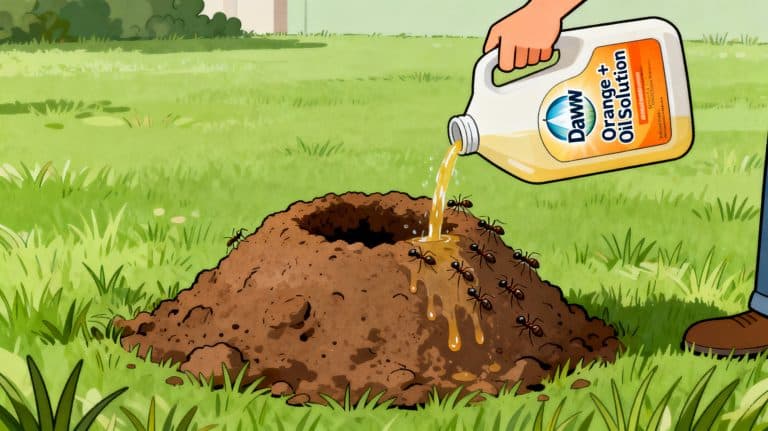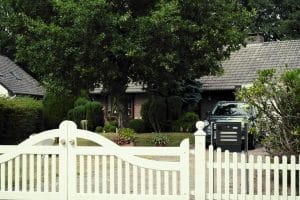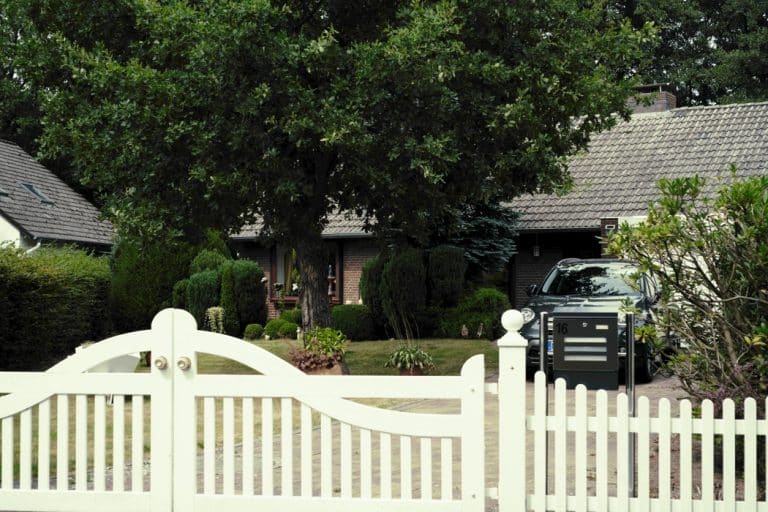If you’re like me, you’ve probably seen those steady lines of ants weaving through your yard or right across the patio where you sit in the evenings. The good news is, you don’t need to run for harsh chemicals right away.
One of my go-to methods—and something I’ve recommended countless times is a simple mixture of Dawn dish soap and water. It’s safe, effective, and you can whip it up in minutes.
For trail sprays, I fill a spray bottle with warm water, add the right ratio of Dawn (I’ll share those details below), and then hit the ant line directly.
Within a minute, the trail is disrupted, and the ants begin to drop off quickly. If you’re dealing with bigger problems like outdoor mounds, I’ll show you how to turn the same solution into a drench that gets deeper into the colony.
With a little consistency, you’ll see just how well this DIY fix works, and you’ll feel more in control of your outdoor space.
Ant Trail Spray: 1 Tbsp Dawn per Quart Warm Water
For everyday trails on hard surfaces (patio, driveway, siding), mix 1 tablespoon of Dawn in 1 quart (4 cups) of warm water. Warm water helps the soap spread and wet the ants instead of beading up. Shake gently and spray until the ants and their path are visibly wet, then wipe the trail and spritz the line again to erase the scent.
If the trail is stubborn, a stronger but still reasonable option is 1 tablespoon Dawn, 1/2 cup white vinegar, and 1 cup warm water. The vinegar helps break trail chemistry and adds punch. Keep this off plants and natural stone (like limestone). It’s acidic.
What you’ll see and when: ants stop moving in 30-60 seconds. The line doesn’t reform for hours to a day if the surface stays dry.
Quick clarity because this trips people up: stronger isn’t better. Excessive soap can burn plants and leave a slippery residue. If you need more impact, increase the amount of solution you use, not the soap concentration. Easy cue: if leaves you accidentally sprayed dry with dull spots, your mix is too hot for foliage.
Mounds and Fire Ants: Use a Drench, Not a Spray
Sprays are for trails. Colonies need volume.
For regular ant mounds in soil or lawn, mix 1/4 cup Dawn per 1 gallon of water. For fire ants, a tested combo for a homemade fire ant killer is 3 ounces of original blue Dawn + 1.5 ounces orange oil (d-limonene) per gallon of water. The orange oil boosts penetration of fire ants but can stress plants. Use care around turf and beds.
How to Apply the Drench Step by Step
-
Do not kick the mound first. That scatters workers and queens.
-
Early morning or late evening is best (ants are home, and the mix won’t dry instantly).
-
Slowly pour the entire gallon straight into the center, then in widening circles to soak the whole mound. You want it to reach galleries several inches down.
What you’ll see and when: you may see a brief surge of ants, then quiet. By the next morning, there should be little to no foraging from that mound. If you still see steady activity after 24-48 hours, repeat with the same volume.
Why Dawn Soap Mixes Work on Ants Outdoors
Dish soap is a surfactant; it breaks the waxy layer that keeps ants from losing water. Once that film is compromised, water floods in through tiny breathing openings, and the ants dehydrate rapidly.
Vinegar doesn’t “poison” ants. It helps wipe their chemical trails so they can’t regroup. Orange oil dissolves lipids even more aggressively, which is why it helps on tough fire ant colonies.
None of these leaves meaningful residual protection, so you’re killing what you touch and what the drench reaches, not creating a long-term barrier.
Mistakes That Ruin Results: Too Little Volume, Poked Mounds
Most DIY misses come from two things: not using enough solution to reach the colony, and disturbing the mound before pouring.
Other pitfalls: mixing a super-strong spray that burns nearby plants, treating in the heat of the day so your mix evaporates too fast, and expecting a trail spray to collapse a colony two patios away. Keep the ratios sane, the volume high, and your pour slow.
We see this pattern over and over on service calls: about 9 out of 10 “it didn’t work” stories trace back to too little volume or a poked mound right before treatment.
Outdoor Safety: Protect Plants, Pets, and Surfaces
-
Aim for soil and hardscape, not leaves. If you overspray plants, rinse with plain water within 10 minutes.
-
Keep the vinegar mix off limestone, marble, and unsealed concrete. If in doubt, spot test and rinse.
-
Keep pets and kids off wet areas until dry. It’s far gentler than pesticides, but killing ants without harsh chemicals can still upset stomachs if ingested.
-
Never mix Dawn with bleach or cleaners. Label your spray bottle clearly and store out of reach.
-
Orange oil is potent. Stay at or under 1.5 ounces per gallon for fire ant drenches, and avoid pooling it on turf roots.
If Trails Return or It Rains: Reapply, Track the Source, Drench
Soap works on contact. Rain and sprinklers erase your work, and trails can be rebuilt. Treat on a dry day.
Follow a trail back toward where it’s starting, then handle the source with a drench. Check back in 5-7 days. If you see no new soil pushed up and no steady lines, you’re doing it right.
After 10-14 days with no activity, consider that colony resolved. If they reappear from a new spot, repeat the process and scan for what’s attracting them. Open trash, pet food, and dripping nectar from aphids on nearby plants.
Species and Region Notes: Fire, Pavement, and Carpenter Ant Tips
Fire ants (common in warm, humid regions) respond best to full mound drenches. Don’t skimp on volume.
Pavement ants run between slabs. Sprays along cracks, plus a targeted drench where you see soil spilling out, works well.
Carpenter ants outside are fine to spray on trails, but if they’re nesting in wood or a wall void, soap won’t reach the queen. You’ll need to locate and address that nest.
In arid climates, mixes evaporate quickly. Treat early or late and pour more slowly. In humid climates, let surfaces dry fully before expecting trail disruption to hold.
A couple of brand notes you might be wondering about: the original blue Dawn often performs a bit better than other colors because it foams and wets well; however, any Dawn variant will suffice. You don’t need baking soda for ants. Keep mixes simple and measured.
Summing Up
With Dawn dish soap, a little vinegar, or orange oil, you’ve got simple tools that work fast on trails and even tough mounds. The key is using the right ratio, enough volume, and smart timing so the solution reaches deep where ants live.
Stick with it, reapply after rain, and track the source. With a steady approach, you can effectively manage ants and enjoy your outdoor space again.
Whether you DIY or want backup, we can usually pinpoint the species and the nest, and use low-toxic methods like targeted mound drenches and precise trail elimination to solve the issue quickly.
We diagnose on-site (not just at the surface), and in most areas, we can get you a same-week visit, so you have a clear plan either way.













